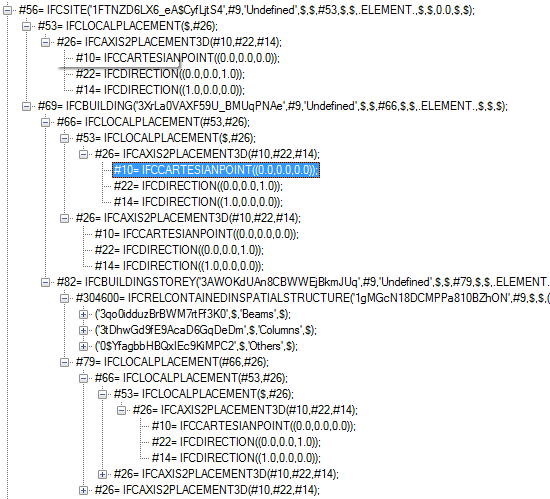importing IFC2x4. Thanks to Geometry Gym, and Jon Mirtschin in particular, an IFC importer add-on for Revit 2012 is under development that aims to support IFC2x4 with nurbs profile / perimeter exchange.
Jon says:
I’m developing the Revit addon to import these files as the functionality is not available in the native importers. I haven’t built for Revit 2013 yet, but if you have Revit 2012 and want to try, the installer is available from http://www.geometrygym.com/downloads
via the comments at:
Geometry Gym: NURBS GH to Revit
And here is the link to the current build of the IFC 2×4 importer for Revit 2012:
ggRevitIFCx64 v0.0.11.msi (24th April 2012)
Note, Revit 2012 64 bit Addon to import IFC files.
This is an early public release for initial feedback and comment. Addon undergoing rapid development. Please use with care and send suggestions and observations.
(from http://ssi.wikidot.com/downloads)
![]() |
| Image from Geometry Gym |
Here is an excerpt showing how IFC2X4 RC2 improves geometry capability:
Geometry
Additional entities are added to the geometry resources. (1) The definition of manifold boundary representation has been enhanced to include advanced B-reps, based on NURBS. Therefore b-spline surfaces and b-spline curves are added. (2) The curve bounded surface based on bounding p-curves (curves defined in the parametric space of a surface) is added to allow any surface to be bound; it was restricted to only planar surfaces before. (3) Tapered solid of extrusion and tapered solid of revolution are now included to define simple taper, restricted to one section and to topological similarity of the start and end profile. (4) A fixed reference swept area solid is added to define an advance sweep along a directrix with a fixed orientation of the profile. The swept disk solid has been simplified by implicit start and end points on the directrix. (5) Elementary surfaces have been enhanced by incorporation or cylindrical surfaces.
From http://buildingsmart-tech.org/ifc/IFC2x4/rc2/html/annex/annex-e/IFC2x4-RC2_whats-new.htm

